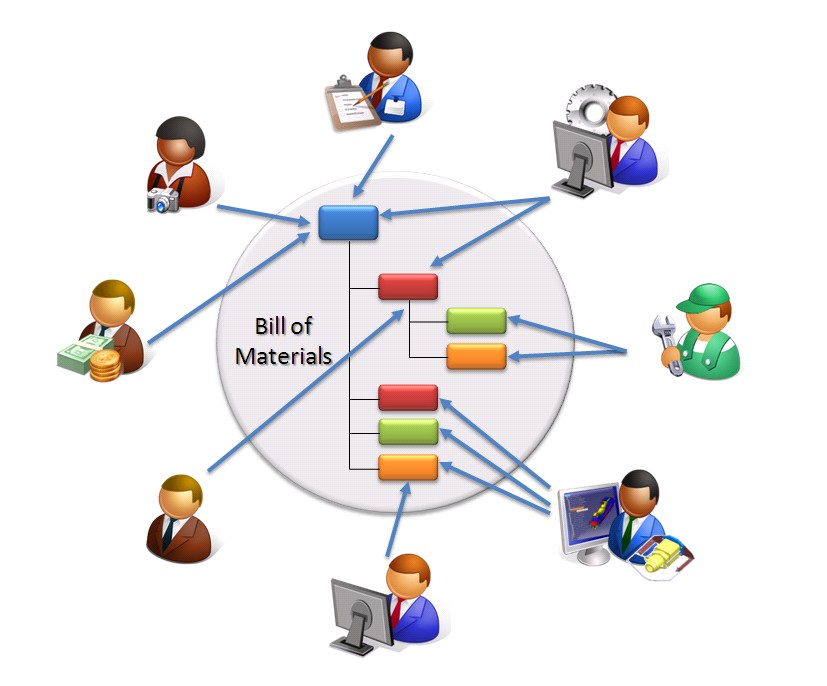Last month, I wrote a few posts about Bill of Materials. My interest was to investigate how to improve Bill of Material and BOM management in the organization. In the post <Search for the right BOM – I’m feeling lucky? >, I discussed how many different BOMs we can discover in the organization and later <When BOM seeks the right enterprise nanny… >, I discussed the various trends in BOM management. I came to the conclusion that the organization is interested in managing a single Bill of Materials, but every person in the organization may have a different point of view on the same BOM, representing different aspects of product development.
Chris from Vuuch and Josh made some interesting comments <When BOM seeks the right enterprise nanny>. Their point was about the connection between people and parts in the Bill of Materials. Linking to people in the Bill of Materials can create a social dimension in the BOM. This gave me the idea of how to model Bill of Materials connect it to the organizational social environment.
How can we do that? Let’s think about a model where we can link between <person> and multiple <parts> in the Bill of Materials. These links can be created by users and kept in the database. As soon as the user creates these links, he or she will be able to render or display the Bill of Materials anyway the particular user wants to see it. Since these links will not destroy links between parts, they will be able to use it simultaneously. Imagine a single Bill of Material structure associated with multiple users. Users would be able to open the Bill of Materials and get a customized view, reflecting his or her particular Bill of Materials configuration.
I can think about this feature as a more advanced way of BOM Part <Tags>. Compared to literal Tags, the connection to users/roles allows us to customize way people work on the Bill of Materials and significantly improve the performance of people while they work on BOM.
Disclaimer: I’m co-founder and CEO of OpenBOM developing a digital network platform that manages product data and connects manufacturers and their supply chain networks.












